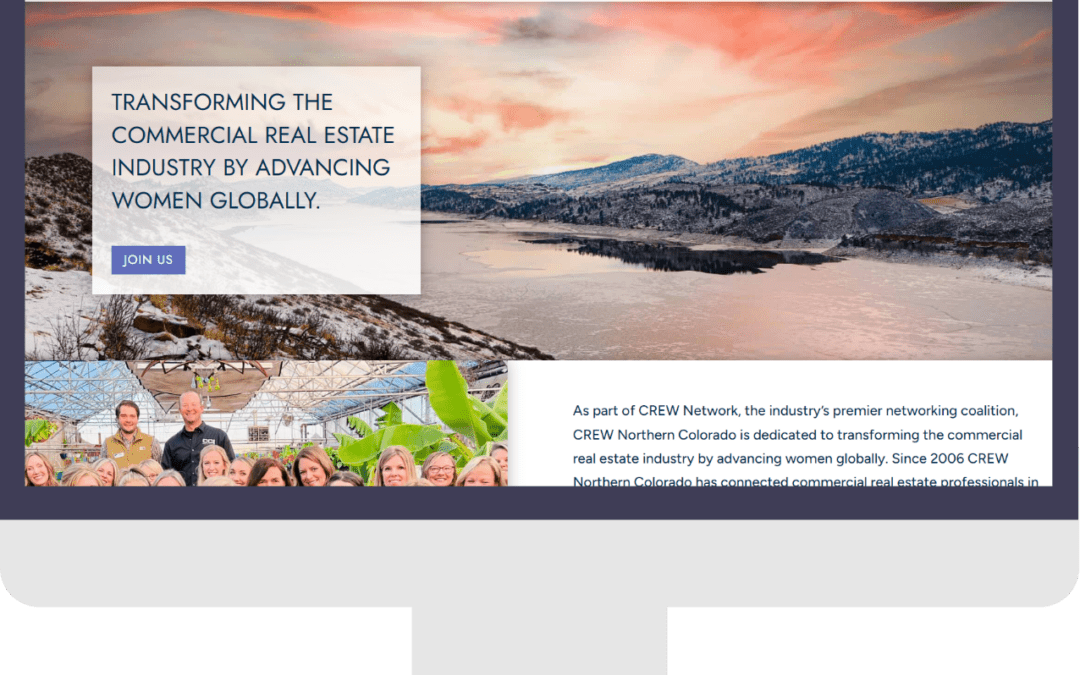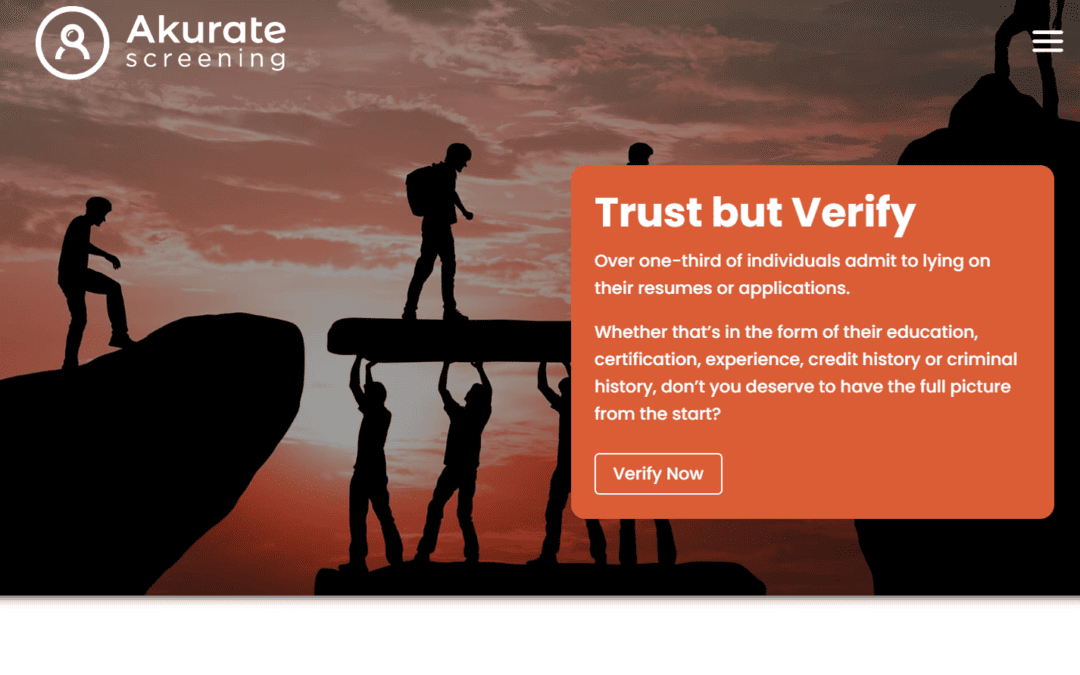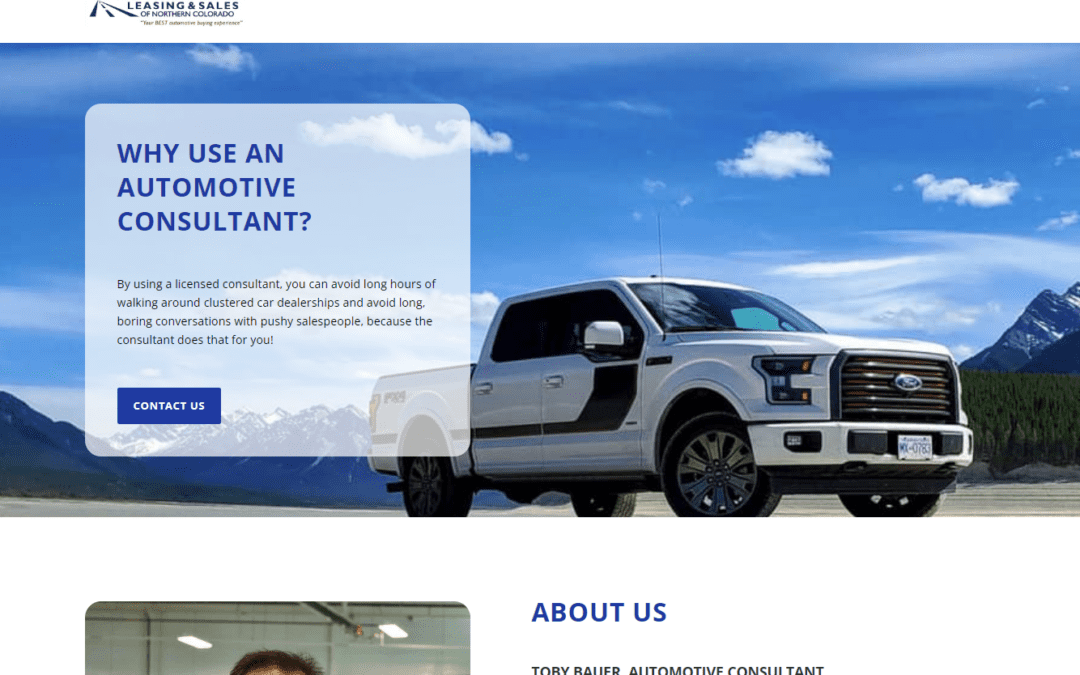The decision to redesign your business website is a significant step toward enhancing your online...

iPoint Insights (blog)

The decision to redesign your business website is a significant step toward enhancing your online...

In the expansive realm of the internet, websites come in various shapes and sizes, each serving a...

Landing Page Vs Microsite: Unveiling the Key Differences In the realm of digital marketing,...

Keeping your website up to date can help it be more secure and load quicker. Keeping plugins...

Picture this: you’re ready to place your weekly online grocery order. As you log on, you notice...

Whenever you are learning about how to engage customer, turn leads into clients, and get a bigger...
Every small business is a little different in how they manage their website, how frequently they make updates, and how they manage their website’s content. However, it is important to know when your website needs a redesign – after all, it is the face of your business.
According to Andy Crestodina and Orbit Media Studios, the average lifespan of a website is 2 years and 7 months, which varies between industries. At iPoint, we see clients who rebuild more frequently than that, and others who wait much longer. However, it is our professional advice to not wait more than five years in between your website rebuilds/redesigns.
Waiting several years between redesigns not only risks a digital fashion faux pas, but it also risks the website for your software becoming outdated. We’ve spoken to many clients who falsely believe that because a website is digital, it can live forever, but that is unfortunately just not true. Like anything else, websites do eventually break from age and use.
One common cause of breakage is due to the fact that software evolves at a pace that is faster than what many clients expect. iPoint builds websites using a variety of software services, third party plugins, and customizations as per each client need, but these many moving parts may not evolve synchronously, leaving room for some features to eventually become outdated and depreciated.
Having an older site is simply riskier in terms of general functionality, which is why we often suggest an older website needs a redesign.
Did you know that 60% of visitors to your website are using a mobile device? This number grows to be higher every year.
Because of this, having a mobile friendly user experience is an absolute must. Here at iPoint, we recommend having a seamless mobile design that is on-brand with your desk-top site and branding message, but we also highly recommend you consider how your mobile view functions and operates.
Generally, it takes a web page a little longer to load on mobile devices and it is a good idea to consider optimizing specifically for mobile visitors. While it may seem silly to cater to man kind’s impatient nature, it can make a huge difference for your business. Mobile optimization can be accomplished through plugins, but often takes some additional TLC such as changing image file sizes, but more on that later.
This might seem low on the totem pole of priorities, but your website is the face of your company- it tells potential customers a lot about your business.
At best, an unattractive and outdated user experience can preach the wrong message about your company. At its worst, it can drive visitors away – especially if it contains nuisance features, such as video/audio files that automatically play on page load, excessive popups, or external links that open in the same page (and therefore direct users away from your site! Eek!).
If you’re still not convinced, it might be time to ask yourself- do your competitors have newer looking websites?
Here is a neat post about outdated web design trends.
Having a decent page speed for both mobile and desktop devices is very important for user experience, and creating conversions.
One study found that if your website takes 1-5 seconds to load, each second lost an average of 4.42% of conversions. Another study suggests that if your website takes more than 3 seconds to load, you lose 7% of conversions for each additional second (at 4 seconds you lost 7%, at 5 seconds your lost 14%, and 6 seconds you lost 21% and so on).
While these two studies suggest different total numbers in users lost, the end-all message is the same: nobody wants to unnecessarily lose conversions, because conversions lost is money lost.
Did you know a slow page speed can affect where your website shows up in google rankings? When you have a slow page speed, google might not make it as easy for potential customers to find your site when they google keywords related to your business.
Most businesses want websites for the purpose of increasing their business, or at least making it easy for potential new customers to find out more information about their business. If a website visitor has a hard time finding their way to the information they’re trying to get to, whether that is a contact form, or product/service details, they’re more likely to leave the website and go find another.
The Americans with Disabilities Act of 1990 is a law that prohibits discrimination against individuals with disabilities across a variety of landscapes. In recent years, attention to the ADA Compliance has shifted towards the digital world. While many people with vision-related disabilities rely on a type of software called e-readers to read the page content to them, there are certain design choices and software choices that can limit the software’s ability to discern the content of your website.
Violating ADA compliance is not only cruel to the disabled community, but it is restricting the number of your potential clients, and it puts your business at a huge risk – such as fines up to $75,000.00 for your first violation.
If your website is not easy to find by search engines, that means its not easy for new clients to find you. Is your website really working for you then?
At iPoint, we would argue not. In recent years, it has become an industry standard to make websites for the purpose of marketing your business, increasing numbers of clients, and access to those clients.
When you change your company’s branding, you are making a huge and admirable endeavor. When your company goes through this beautiful refresh, it is perfectly reasonable to expect your website to as well. As we said, the website is the face of your company to the whole world, and it should reflect the branding/message that your company aspires to communicate.
Changing your branding, messaging and content while keeping the same old, plain website is like going through a major weight loss, and wearing the same clothes that are now way too big. Something about it just doesn’t seem quite right.
Here at iPoint, we love redesigning websites and we would love to help you make your website site squeaky clean, optimized, mobile friendly and new! If any of these reasons resonated with the current state of your website, please feel free to call us at (970)266-0703 or send us a message.
Baker, Kristen. (April, 2022). “11 Website Page Load Time Statistics You Need [+ How to Increase Conversion Rate].” HubSpot Blog. https://blog.hubspot.com/marketing/page-load-time-conversion-rates
Crestodina, Andy. (n.d.) “What is the average website lifespan? 10 Factors in Website Life Expectancy.” Orbit Media. https://www.orbitmedia.com/blog/website-lifespan-and-you/
Saha, Kinkar. (May, 2019). “How Your Website’s Load Times Affects Conversion Rate!” CodeClouds: Simply Brilliant. https://www.codeclouds.com/blog/how-your-websites-load-times-affects-conversion-rate/
Scacca, Suzanne. (Nov, 2019). “10 Popular Design Trends It’s Time To Let Die.” Web Designer Depot. https://www.webdesignerdepot.com/2019/11/10-outdated-web-design-trends/
SureWerx: ADA Solutions. (n.d.). “What are The Consequences If Your Business is Not ADA Compliant?” ADA Solutions. https://adatile.com/what-are-the-consequences-if-your-business-is-not-ada-compliant/#:~:text=Federal%20law%20allows%20fines%20of,accessibility%20than%20the%20ADA%20requires
United States Department of Justice Civil Rights Division. (n.d). Information and Technical Assistance on the Americans with Disabilities Act. https://www.ada.gov/ada_intro.htm